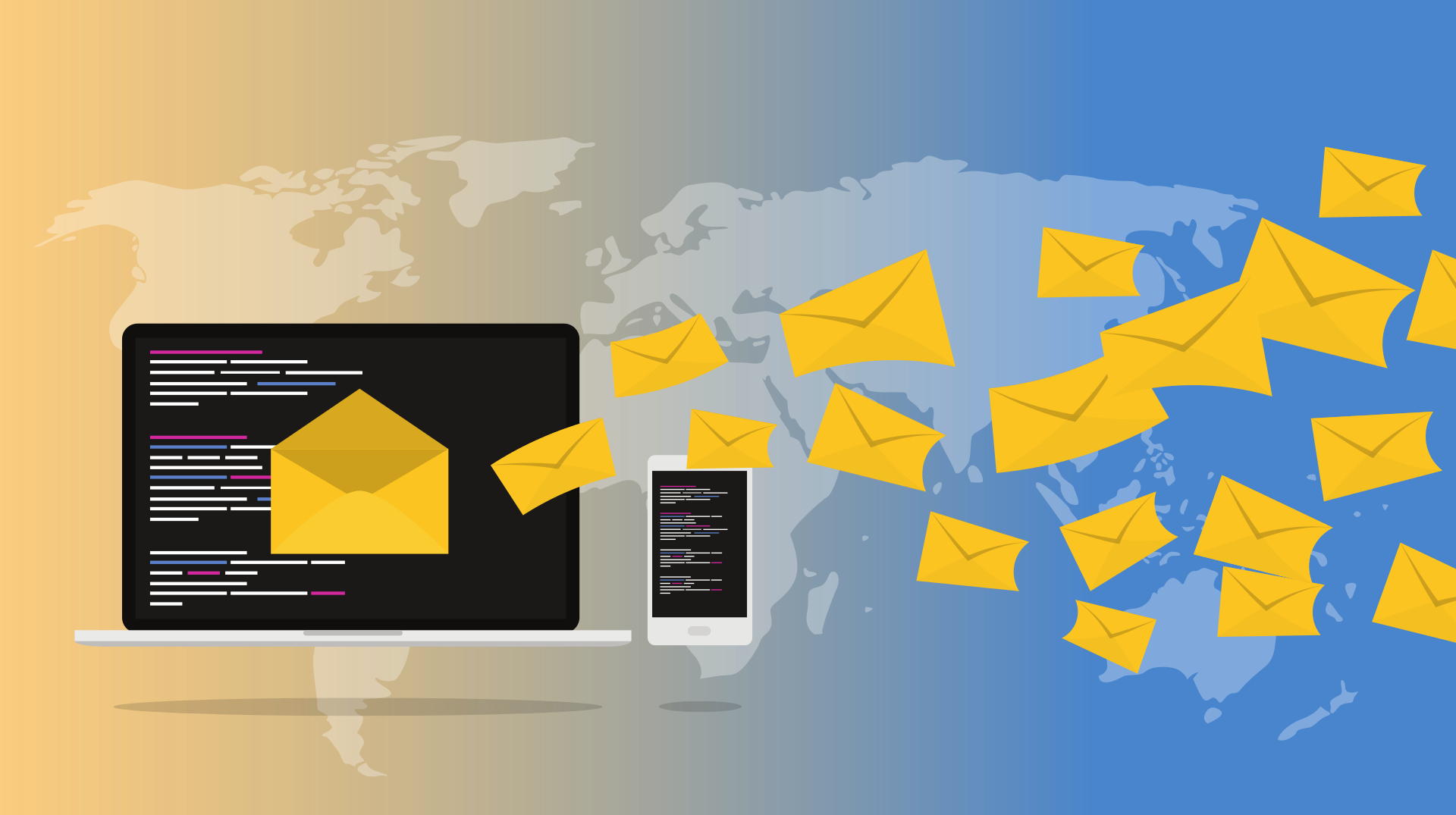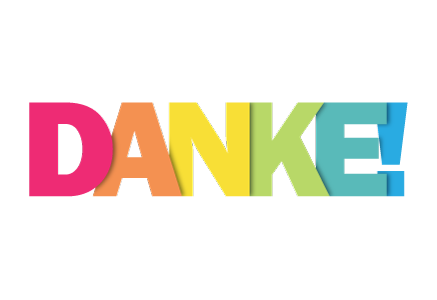E-mail has been pronounced dead often enough – a tool from the last century that is no longer cutting edge. However, it is still the case that no virtual interaction is possible without e-mail. Even in fact, an e-mail address has become an identification factor: no matter whether it’s online shopping, booking tickets for an event, or even “just” signing up for a newsletter – it’s not possible without confirming the e-mail address.
Even if the company’s internal communication mainly takes place via a collaboration tool – without an e-mail address, the cool collaboration tool cannot even be purchased. Customer and supplier invoices, official notifications, online banking, travel bookings, exchanges with tax advisors/notary offices and law firms, delivery bills, shipping confirmations, etc. – everything ends up as e-mail communication in the recipient’s mailbox and thus also documents the underlying work processes.
E-mail as a reliable means of communication
Even though communication (including business communication) via social media and messenger services is on the rise, it is evident that many people attribute a high level of credibility to email communication. A 2018 survey by United Internet Media (3,000 participants in the D-A-CH region) shows that 76.1% of respondents perceive email as more trustworthy than messenger services or social media.
Transparency of data
What is remarkable about the study is that transparency of data is given the highest relevance by the respondents. 84.1% of respondents want a quick and easy overview of what data is collected, stored and processed.
https://www.united-internet-media.de/de/research/online-studien/gattungsstudien/e-mailfuerdich-teil2/
(available in german)
Open source groupware
The above study looks at private communication behavior, but it is reasonable to assume that the same demands and needs of users also extend to the business context. If one takes the above-mentioned evaluations seriously, then the logical consequence is that corporate communication should follow this pattern and prefer open source groupware (e-mail and calendaring) in order to satisfy the needs of its own employees for security and trustworthy communication. Any proprietary software is not able to fully meet these needs.
Email and collaboration tools
When companies use both email and collaboration tools, such as Slack, in combination, employees are dealing with two different applications. In general, these different applications do not offer the same security conditions or similar transparency of data. Working with different applications always causes additional effort in small work processes, even if it is only a matter of clicking back and forth between the applications. For the employee, the additional effort basically means an interruption in the work flow and a certain loss of attention. Both factors, combined with other daily influences, can lead to stress, which has a negative impact on work performance, health and well-being.
The open source sector also offers an alternative here – especially if an open source collaboration tool such as Mattermost can be integrated into the chosen open source groupware and saves the employee the switch between applications and offers him/her a single work interface.



